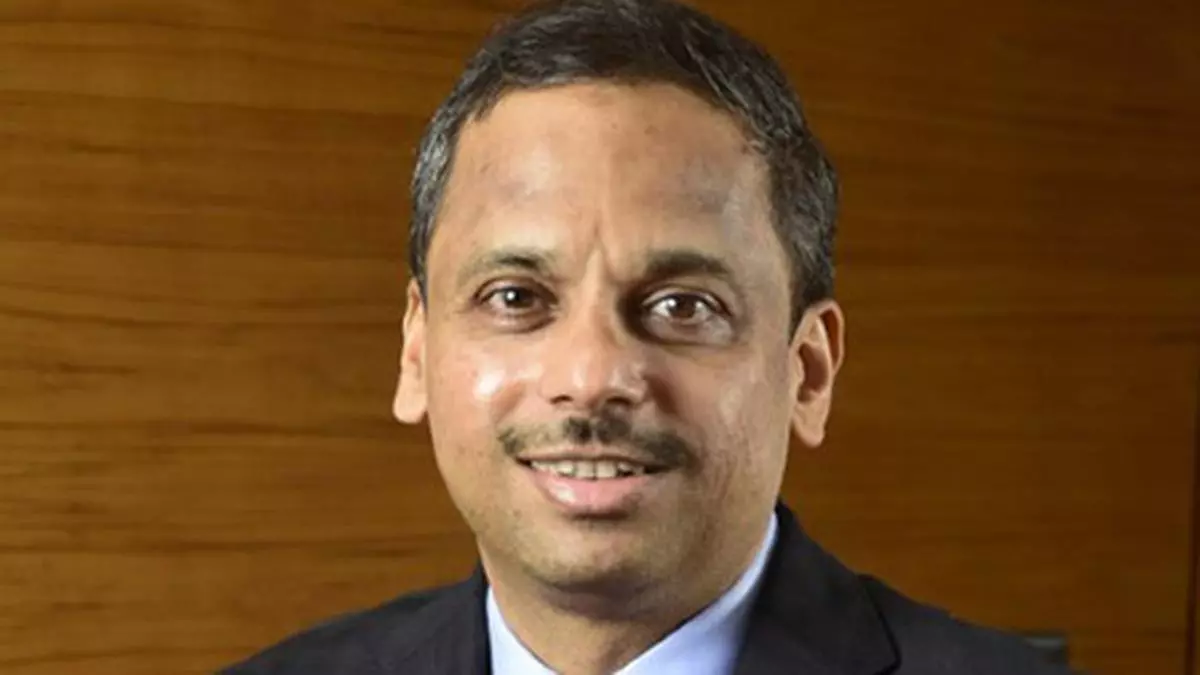Perking up deposit rates can only help in the short term: Prashant Joshi, DBS Bank India
We probably overestimated the speed at which the change from physical to digital would happen, says Prashant Joshi, Managing Director and Head, Consumer Banking Group, DBS Bank India. In this candid interview, he talks about the need for branch presence and why plays deposit rates could only be a short-term game. Excerpts:
DBS as a model has prided itself on being digital only, and then you went shopping for Lakshmi Vilas Bank, which had a strong branch presence. How has this transition internally been accepted?
Particularly in India, we started with the hypothesis that people will move digital and will be mobile-only. But as we progressed, what we realised was that while it was gaining ground, what people still needed was the assurance of the branch and the brand, which they needed to see somewhere. You can’t have very few branches; be a virtual brand and expect to get customers to shift their loyalties and relationships to you. If you want to become the main relationship bank for the customer, plus if the customer has to leave reasonable balances with you and do more than just payments, then it is pertinent to have a physical network. That said, we are seeing that the proportion of digital transactions continues to increase. The direction that we took was right; probably we overestimated the speed at which the change would happen. The change was more gradual than we thought and that is where the need for physical network comes in.
The image of DBS in people’s minds is that it caters to NRI and HNI customers, whereas some of the products you offer, like gold loans, aren’t so. What is your target market?
It is a very valid question. When we started, we were largely a corporate bank and then followed it up with a wealth management offering. This is the HNI piece and the Treasures proposition that we have for wealth management. Contrary to what a lot of people think, the DBS Treasures proposition has been strengthened since the amalgamation of Lakshmi Vilas Bank with DBS Bank India. Earlier, we talked about the top 8–10 cities in the country. Now we are saying that we want to position ourselves as a preferred wealth management service provider in the top 30 cities in the country where 65 per cent of India’s deposits and 75 per cent of India’s wealth management AUM reside. Our touch points have increased by many folds. Rather than diluting our brand, it has become stronger . Now we are going to the tier-2 and tier-3 cities where other banks have 5–7 branches. We have a right to win in these markets through our distribution, brand, and tech platform. To your second point, the gold loan, unsecured personal loans, credit cards, and MSME financing businesses are emerging affluent or mass-market products. The strategy is that in the top 30 markets, we must become the preferred deposit and wealth management service provider. In the inherited franchise, we look at the emerging affluent and focus on these products. In the southern geographies, our gold loan business, MSME financing, and affordable housing finance are the key products where we have the advantage of distribution. When we don’t have the advantage of distribution, we won’t try to compete with everyone else there. That is how we are positioning ourselves.
You’ve sort of filled product stacks in the retail segment.
Yes. I think we are pretty much done in terms of the product. Now, within products, variants will keep coming. For example, we started with credit cards on a co-branded platform. Then we came out with a card specifically for our wealth management customers. For our emerging affluent customers, we have launched a card called DBS Spark. We may have one more variant coming in.
You’ve just entered the affordable housing segment, which is currently populated by NBFCs.
Banks have a natural advantage in these products because once you have the distribution, the capital requirements for these products are relatively low. There is a PSL advantage, and the credit loss rates for these products have been very manageable. Also, refinancing is available for these assets. For NBFCs and HFCs, who may have built the business up to a particular scale, going beyond the point becomes difficult because liquidity starts becoming a challenge.
One of the biggest changes since the LVB acquisition is the repo rate. Has that altered your approach to mopping up liabilities?
Whether big or small, every bank is trying to do something or the other to get more deposits; however, just paying a higher rate or just being competitive in terms of interest rates doesn’t help. What is even more important is the customer journey, experience, service standards, and the brand promise. The rate can help in the short term to perk up your deposits, but unless it’s sustainable, it won’t help because the product is fungible. For example, today we have a flexi fixed deposit, which was referred to as sweep-out deposits many years ago, and active money now. Brand names have changed, but effectively, the theme is the same.
How do you read the signs in the personal loans segment?
Unsecured personal loans represent 4 per cent of our total balance sheet, typically consisting of monthly amortising 36-month loans. Evaluating the product’s lifetime profitability is crucial. Delinquencies become apparent after 18 to 20 months, peaking in the last year when the loan balance is lowest. Effective underwriting, monitoring, and collection practices can contribute to profitability throughout the cycle.
Published on November 23, 2023
